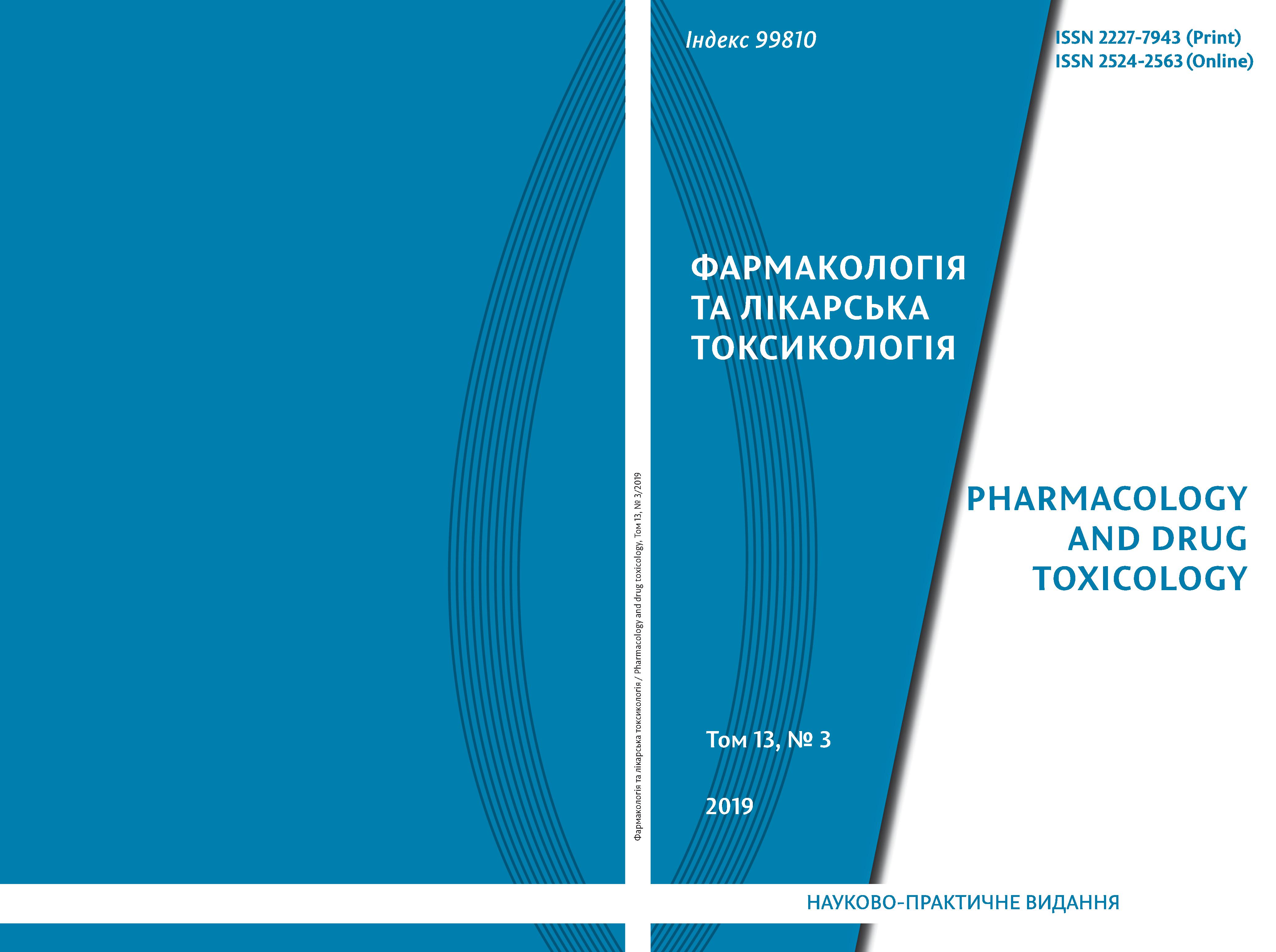Abstract
Pharmacophore modeling is one of the most promising areas of computer-aided drug design. This method allows us to establish the set and the relative location of specific molecular fragments that are necessary for the manifestation of biological activity. The purpose of the work is the pharmacophore modeling of derivatives of 1,3-thiazole and 1,3,4-thiadiazole for the purposeful search for potential diuretics. To model the pharmacophore responsible for displaying diuretic activity in a number of investigated compounds, the computer program MOE (Molecular Operating Environment) was used. The pharmacophore modeling of 1,3-thiazole and 1,3,4-thiadiazole derivatives as potential diuretics with conformed activity in vivo, allowed to establish a possible pharmacophore consisting of an aromatic ring, two projections of the hydrogen acceptor and one projection of a hydrogen bond donor. The accuracy of the classification of active and inactive compounds by this model is 0.74; this model can then be used for in silico screening of molecular databases for the purpose of virtual hits identifying. Comparing the coherence of N-(5-methyl-1,3,4-thiadiazol-2-yl)propanamide and acetazolamide with the developed pharmacophore model, the modulating influence of the substituent in the 5th position of the thiadiazole ring. On the strength of the diuretic effect in vivo was established. The data obtained indicate that substituents with a positive inductive and mesomeric effect in this position can contribute to better affinity of the molecules being studied to their biotarget (which is most probably to be carboanhidrase). Further modifications of the fragments in the 5th position of the thiadiazole scaffold are a promising direction for expanding the library of potential diuretics.
